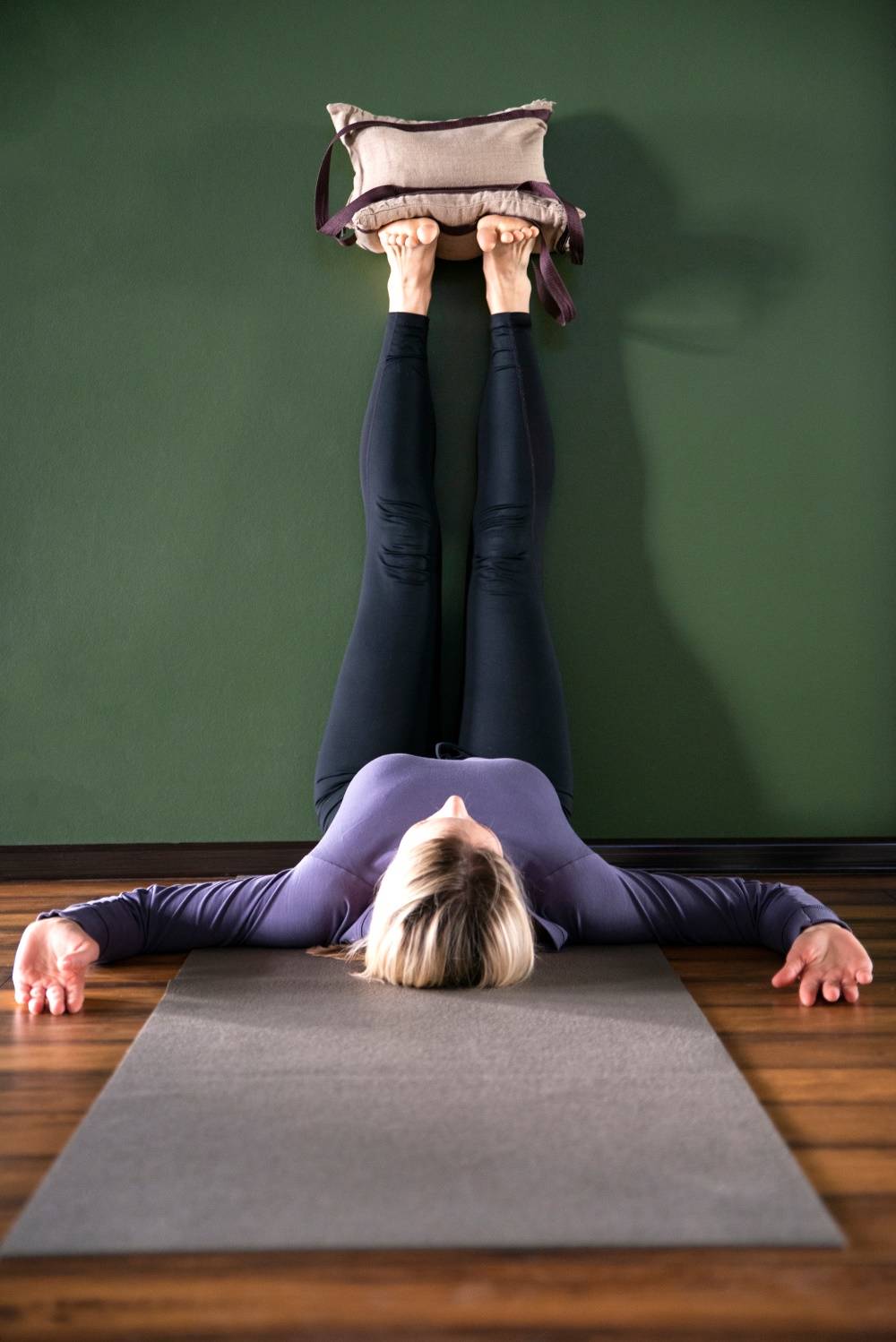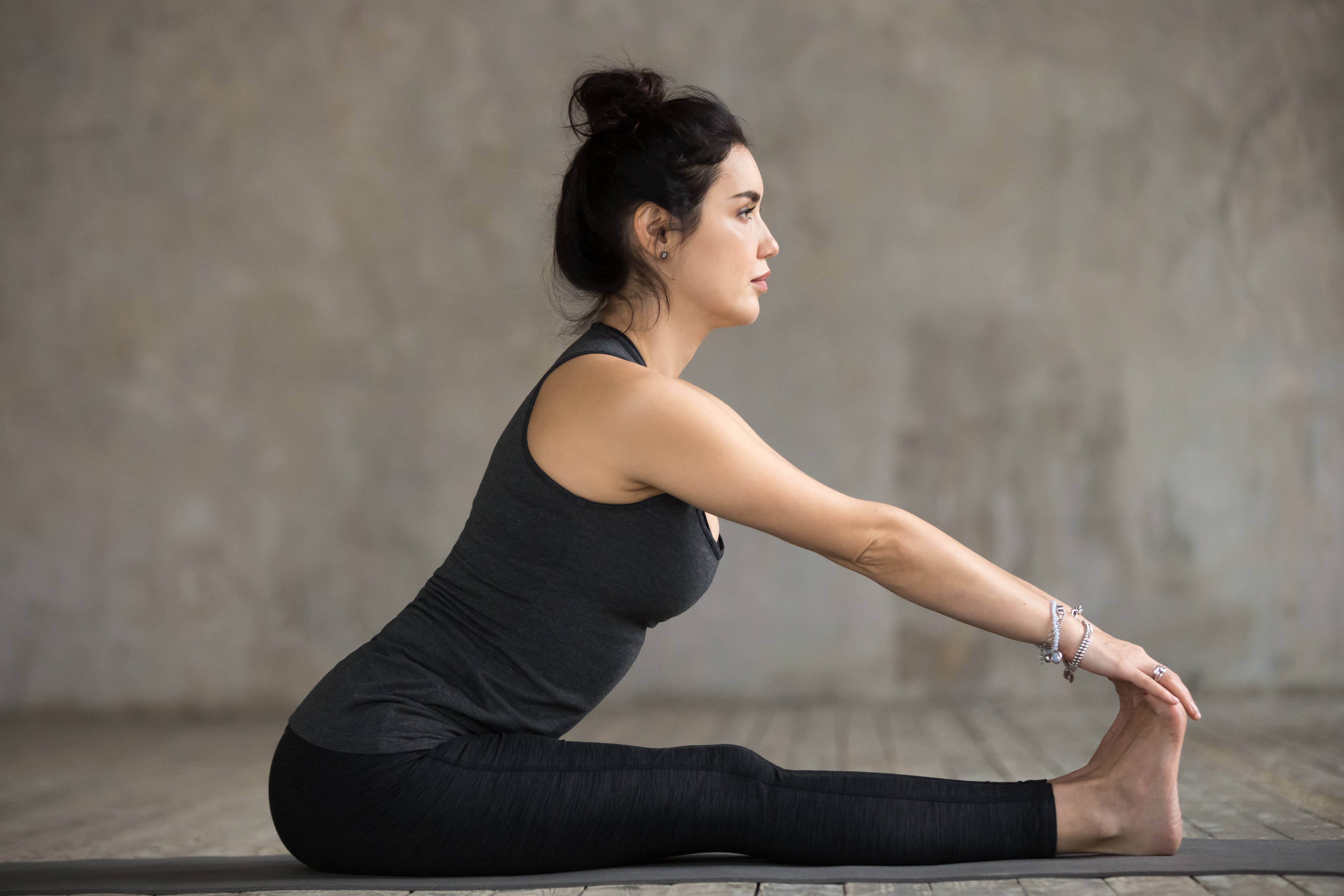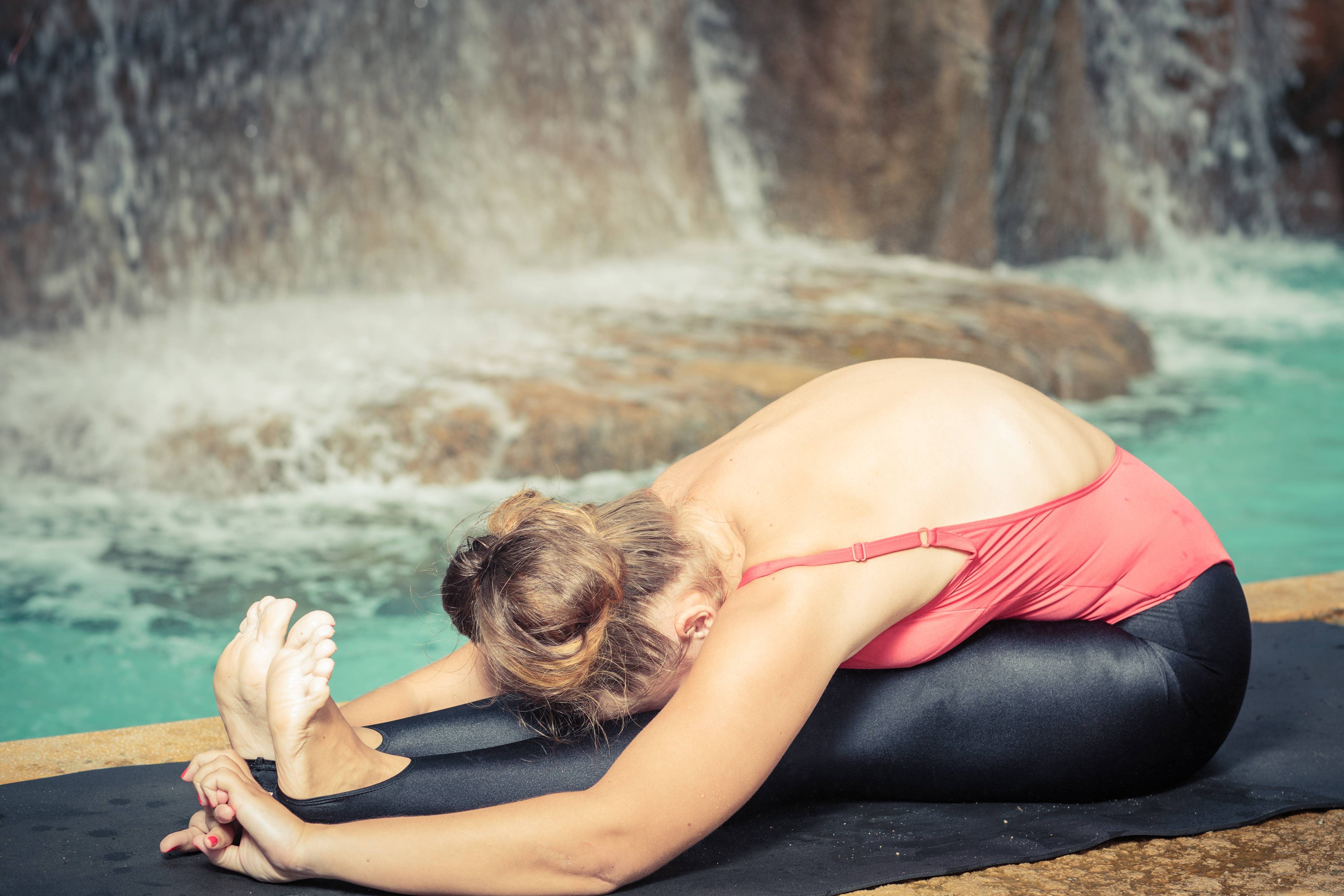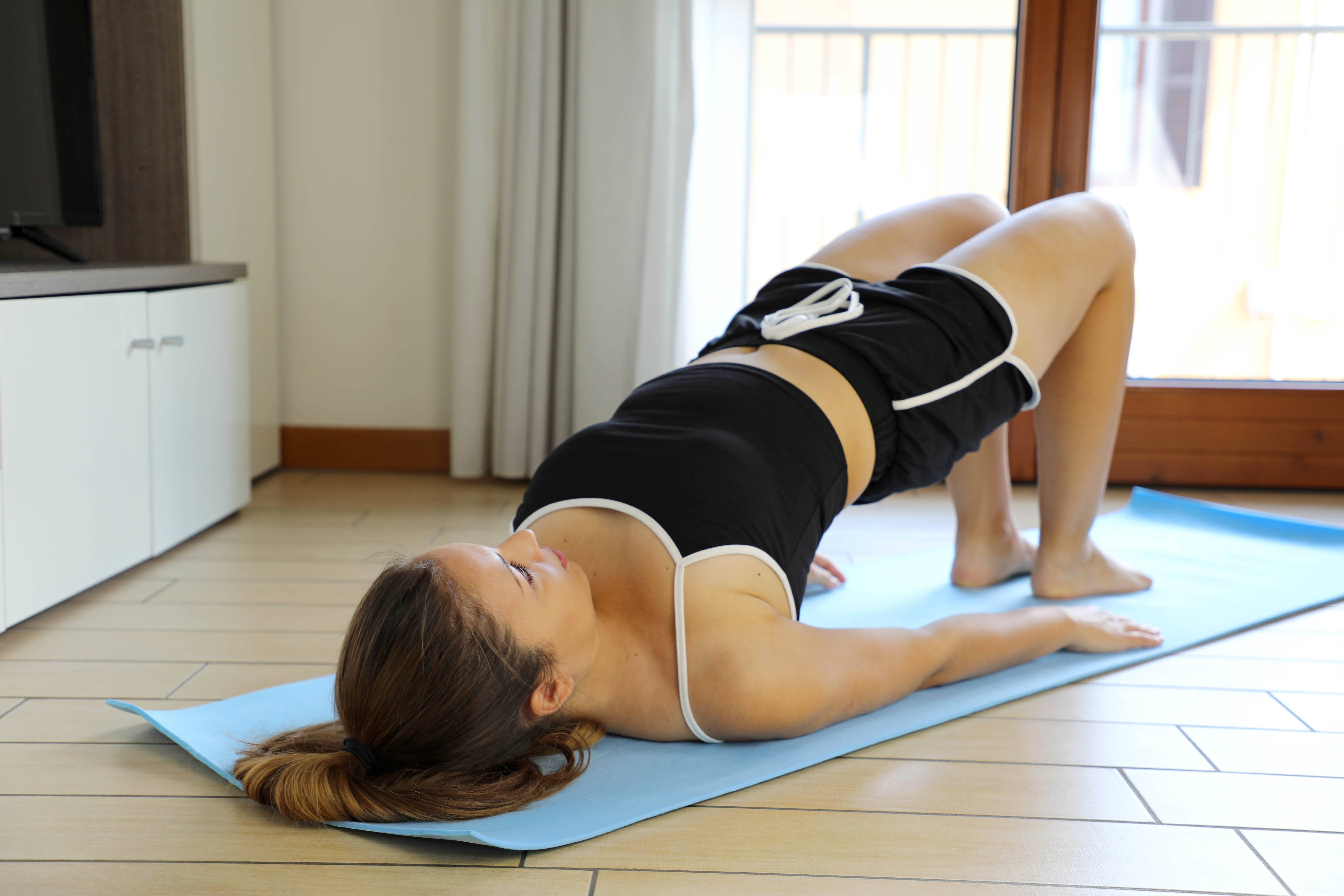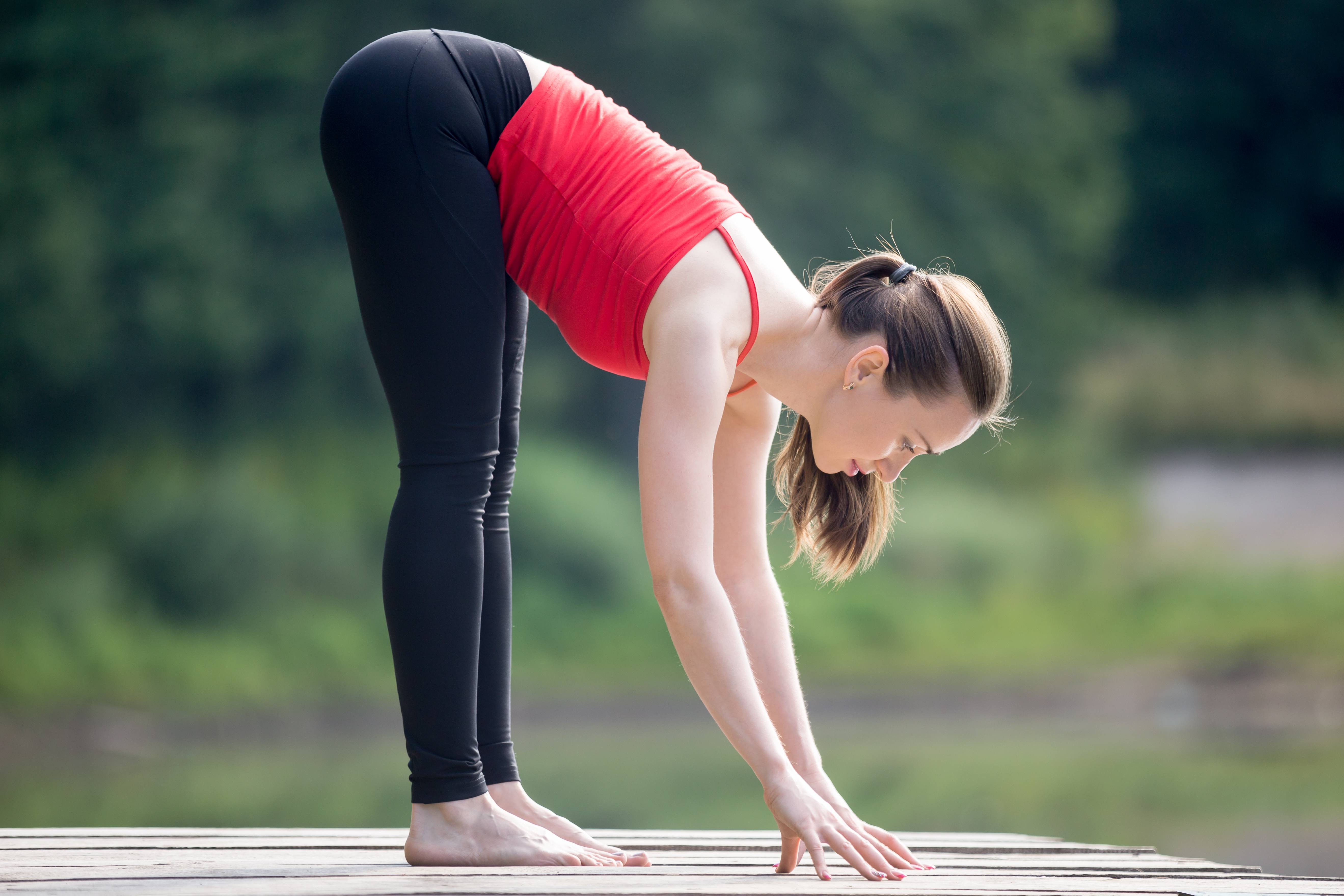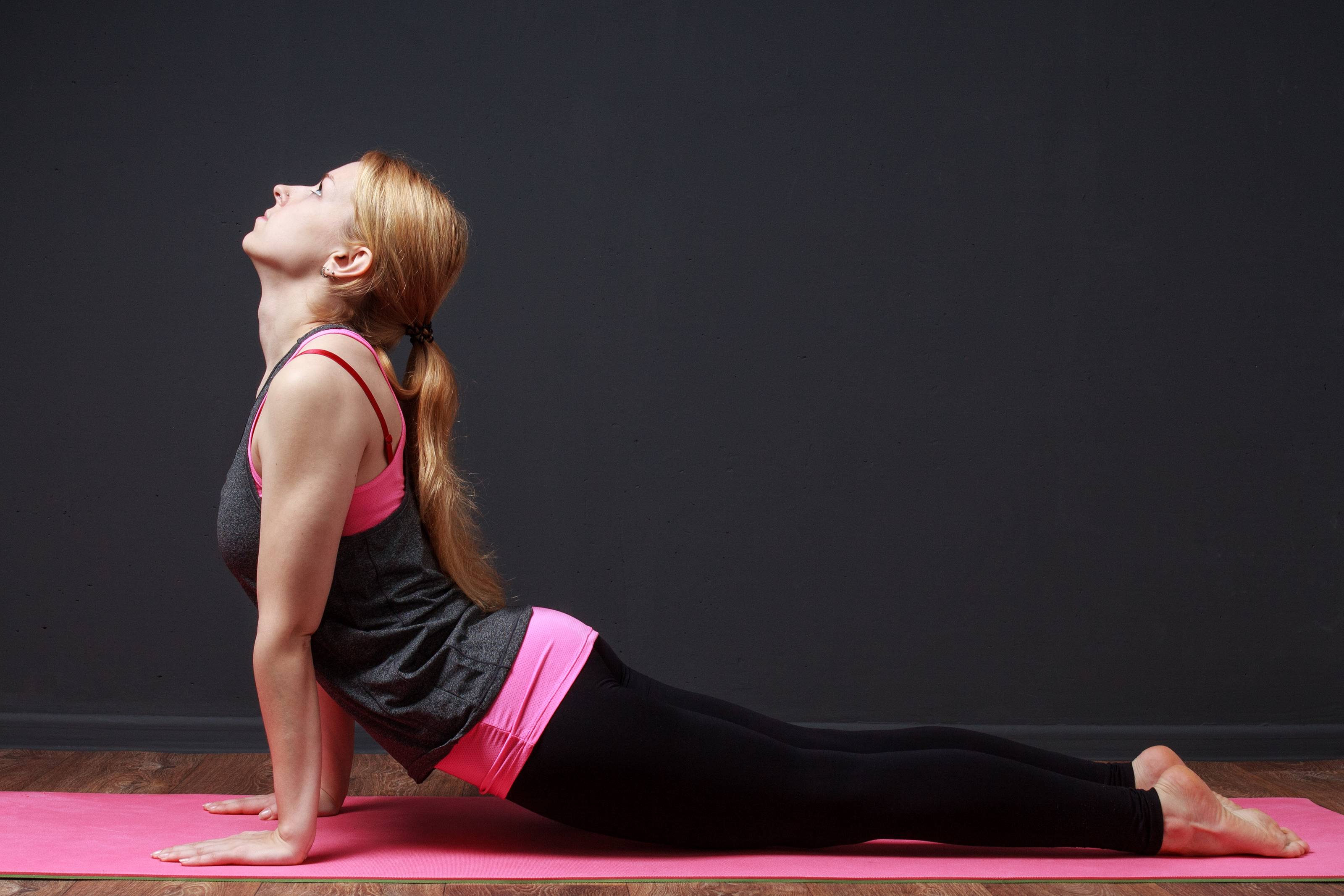If there’s one topic everyone likes to talk about, it’s sleep.
A proper night’s sleep will allow your brain to restart itself for the next day. Not getting enough sleep or getting too much of it can ruin your day.
To avoid black bags under your eyes and lethargy hanging over your morning, afternoon, and evening, take some of the following steps to heart and implementing them in your daily routine.
Why Proper Sleep is Important
If your mental and physical health is important to you, then sleep should be equally important. Your night and day are interconnected in all senses. If you have a pleasant night’s rest, then your upcoming day will reflect this. If not, then you can’t expect to have a good day.
Good sleep encourages healthy brain function and development. For younger children and adolescents, it helps improve bone growth when you have consistent, uninterrupted sleep hours. The opposite of a healthy sleep schedule will result in sleep deprivation and/or deficiency.


There is a recommended amount of sleep for all ages, as shown below;
- Babies 0-3 months should sleep 14 to 17 hours a day
- Infants who are 4-12 months old should sleep 12 to 16 hours
- Toddlers 1-2 years old should sleep 11 to 14 hours
- Children 3-5 years old should have 10 to 13 hours of sleep a day
- Children 6-12 years old should sleep 9 to 12 hours a day
- Teenagers from 13 to 18 should sleep 8 to 10 hours a day
- Adults 18 and above should sleep at the least 7 hours a day
- Seniors who are over 60 years old and above should sleep within 7 to 9 hours a day
Common Disruptions to Proper Sleep
To fix your sleep schedule, it’s first essential to determine what is causing you to sleep on-edge. Many people suffer from disorders which interfere with regular sleep. These need to be addressed to start sleeping peacefully as well as satisfyingly.
Insomnia

Chronic cases will suffer with insomnia for months while acute cases will have insomnia as an after-effect of over-exerting themselves or continuous travelling. Insomnia can take two forms; either you cannot fall asleep after a long time, or you’re constantly waking up during your sleep.
Sleep Apnea

Sleep apnea is a more severe version of snoring, where you stop breathing momentarily. This disorder is chronic and will pull you out of your deep sleep in order to kickstart your breathing once more.
RLS (Restless Leg Syndrome)
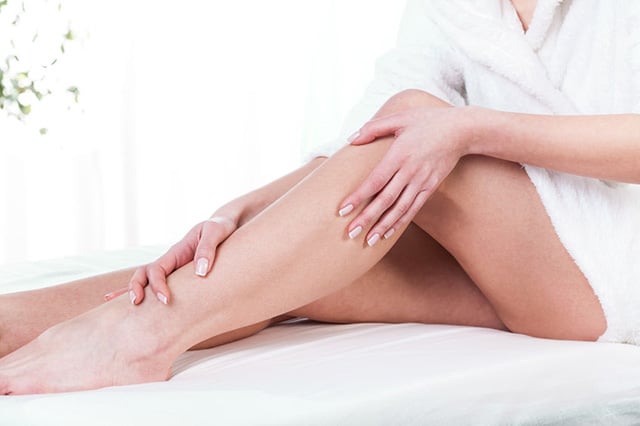
Sleep Paralysis
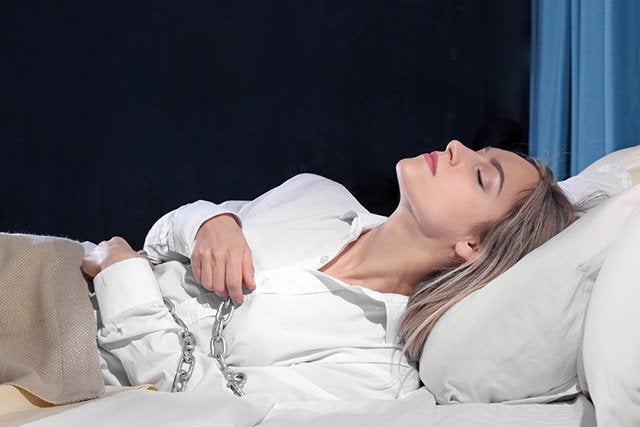
The fact that you are unable to move while seeing something you are unsure is there or not can make sleep paralysis horrid. These episodes last minutes, with the result being you either fall back asleep or stay awake.
Being aware you’re experiencing an episode can help you grasp reality and make it less intimidating.
Jet Lag

Jet lag gets better over time. To reassure yourself, keep this equation in mind; for each time zone you’ve traveled, you’ll need one day to recover.
Seasonal Affective Disorder
Seasonal Affective Disorder or SAD is a seasonal disorder that reoccurs with the annual changes in weather. It is prominent in the winter when there is a significant shortage of daylight within each day. To treat SAD, artificial light, exercise, anti-depressants, and psychotherapy can all be used.
How Can Exercise Help in Sleeping Better?
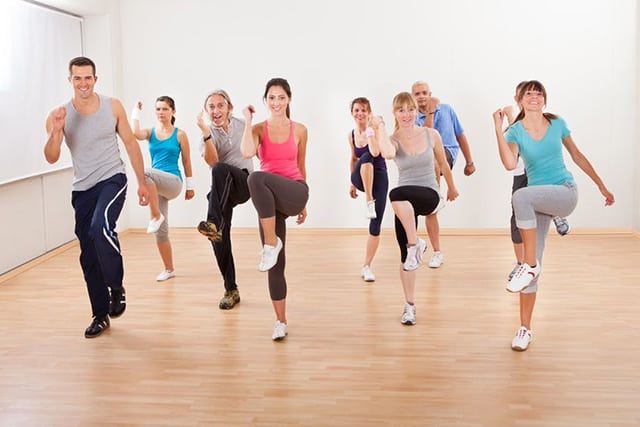
Since a decent workout can reduce your stress levels and tire you out, you can end up getting a more fulfilling sleep. Exercise can also help reduce some of the above-mentioned sleep disorders, such as RLS, insomnia, sleep apnea, SAD, and can prevent a sleep paralysis episode.
Exercise can also help you properly frame your day. One workout in the morning, preferably in the sunlight (outside or with the windows open) can help your body and mind wake up properly.
Then in the evening, an hour or so before you go to sleep, stretch out all your stress and tense muscles so you sleep peacefully. Falling asleep right after you work out can create unhealthy sleeping habits as you may wake up an hour or two right after.
Recommended Stretches

Though not to the same extent, stretching does have the same effect as a proper workout. When you stretch, you alleviate the tension inside of your muscles, encouraging flexibility and strengthening the relationship between muscles and tendons.
The longer you hold your stretches, the more relaxed your muscles and tendons become when being stretched and therefore, the more flexible they are. However, you do not want to over-exert yourself doing any stretches hastily as this may pull your muscles causing tissue damage.
Stretching can also induce a calm sensation or reaction from your mind, which prepares it to rest wholesomely. It also relaxes your limbs, muscles, and joints so you’re not rigid when going to bed.
To help give you a better idea as to what type of stretches you should attempt, here is a list of ten stretches you should try before going to bed.
Stretch 1 – Legs Against the Wall
How to perform
This pose is an extremely easy position where you rest your legs against the wall while lying flat on your back.
You start off by making sure your back is perfectly flat on the floor; you can place your hands flat by your side to ensure your core isn’t being lifted.
Lean your legs against the wall so that they are flat as well, with your toes parallel to your head and shoulders. Make sure you’re not straining your waist.
Some people can rest their waist flat against the wall while other people may need space between or a cushion for comfort. Seeing as this isn’t a complicated position, you can rest this way until you feel a warm glow against your calves and thighs, at the most, ten minutes.
How does it help?
This position helps you relax while also relieving tension in your back, shoulders, and neck. It will also flex the muscles in your calves and thighs the longer you hold the pose.
Common mistake to avoid
Many people will unconsciously bend their knees and back the longer they hold this position down. This loses its affect on your muscles.
Seeing as there is no strain, you won’t be relieving any tension from your muscles, making them comfortable in constricted positions instead.
To make sure you’re flat, place a book or weight on the center of your stomach, keeping your elbows, wrists, and palms flat on the floor. Don’t try to place the soles of your feet on the wall; instead, focus on keeping your heels and knees touching the wall.
Stretch 2 – Seated Forward Bend
How to perform
The seated forward bend position puts your flexibility to a much tougher test. Seat yourself on the floor and stretch your legs flat on the floor. Like the previous position, make sure you are not bending your knees by keeping your heels touched to the floor.
Now, stretch out your arms, creating a u-bend shape with your abdomen to shoulders, reaching out for your feet. Though some people can touch their feet, it’s not a requirement if you feel you cannot do it comfortably.
Hold this position for a maximum of 5 minutes.
How does it help?
This position will help you loosen your entire spine, your shoulders, and hamstrings. It can also help relieve your lower back and abdomen. You should feel warmth along your calves and thighs, along with your forearms and upper arms. The more you practice this position, the further you should eventually be able to reach.
Common mistake to avoid
Some common mistakes noted with this pose is that people tend to once again, bend their knees.
This makes it easier for you to touch your feet, but loses the effect of the stretch. It is for this reason, touching your feet is not the priority of the stretch, but reaching out as far as you can. You should immediately feel the stretch all along your back.
Stretch 3 – Seated Forward Fold
How to perform
This stretch is almost identical to the one before, but with a touch more extremity.
Once more, you start the seated forward fold position seated on the floor with your legs stretched out ahead of you. To ensure they’re flat, keep your toes pointed to the sky. Lean forwards, with your palms and forearms lying flat on the floor besides your outstretched legs.
Tilt your head and chin down so your forehead is almost touching your knees. This amplifies the stretch in your back and spine than the previous position while also relaxing the muscles and tendons in your legs.
How does it help?
In this position, your hamstrings and calves are the target, though your back and spine will also benefit equally. While your legs are relaxed, this position can also help your flexibility in both your abdomen and spine.
Common mistake to avoid
The mistakes are similar to those made in the previous position. Knees are bent which can make sitting in this pose automatically easier for you, but won’t be as effective.
Another mistake is that people don’t place their entire forearm flat on the floor, but instead place only their wrists or palms. This doesn’t have the same effect on your upper arms as it should.
Stretch 4 – Half-Bridge
How to perform
This stretch is milder than both forward folds, so you can hold it for longer.
Start off by lying on your back with your knees bent and feet flat on the floor. Make sure your feet are rooted to the ground as they will be handling most of your body weight. Your arms should be flat on the floor as well, palms facing the ceiling.
Using your abs, lift your stomach and chest, leaving only your shoulders on the floor. Your shoulders to your knees should now be creating a diagonal line. Hold the half-bridge position for 10 seconds and then lower your torso. Repeat this action 15 more times.
How does it help?
This move helps strengthen your hips as well as your legs. Seeing as your calves down to your feet are holding up your body, they will be strained under this different weight, relieving tension. Your hips will thrust your body upwards, strengthening them as well. Your arms and shoulders are also lightly stretched.
Common mistake to avoid
One particularly silly mistake many people do is they use their elbows to hoist themselves up, which removes the need and use of your hips. To ensure this doesn’t happen, place something over your forearms and upper arms, nothing heavy but perhaps a cushion so you’re aware if you lift your elbows.
Stretch 5 – Standing Forward Fold
How to perform
Stand straight with your feet shoulder-width apart. Take a deep breath and bend down, placing your hands flat on the floor in front of your feet.
Face your head towards your legs, making sure the crown of your head is downward. Hang down for 15 seconds, taking deep breaths, and then slowly lift yourself up.
In addition to this, you can lift your arms over your head, overlapping your fingers to make sure every muscle from your fingers to your shoulders are stretched.
Then return to the forward fold. Repeat these 10 times.
How does it help?
The target of this move is your back muscles and neck, strengthening them under different weight than they usually take. It can also help relax and flex your hamstrings.
Common mistake to avoid
Once again one of the biggest mistakes made when performing this move is bent knees. It renders the whole purpose of the action useless when you bend your knees. Keeping them straight is what allows strain to build up amongst your muscles.
If you find you cannot reach all the way to the floor without bending your knees, then place your hands behind your knees instead to ensure they stay straight.
Stretch 6 – Knee-to-Chest
How to perform
You can either stand up or lie down for this pose, whichever is more comfortable for you.
Bring one knee up and wrap both of your hands around it, pulling it to your chest. If it’s too hard, you don’t have to pull the whole way.
Hold your knee down for 15 seconds, and then repeat with the other knee. If you find you can easily pull both knees to your chest, then try pulling both of them at the same time (lying down).
Repeat this 10 times for each side, or 20 for both legs.
How does it help?
This pose is brilliant to help strengthen your lower back and encourage greater flexibility in your spine. It also stretches your hamstrings to loosen them up.
Common mistake to avoid
There aren’t mistakes rather than precautions; try not to pull your knee too quickly to your chest as this could stretch a muscle or a tendon.
If you are lying down, try not to lift your back to make the journey shorter for your knee, as this may encourage a hunched back when you stand up or sleep, hence ruining posture.
Stretch 7 – Seated Side Stretch
How to perform
Seat yourself on the floor, cross-legged. Stretch your left arm over your head, keeping it as straight as possible. Place your right arm down on the floor, leaning slightly to the right as you do so.
Hold this pose for 5 seconds at least, and then switch sides. Repeat this process 20 times. There should be a warmth in your upper and forearm. This is called the seated side stretch.
How does it help?
It helps you maintain a strong posture and a sturdy spine. Your obliques and arms are also stretched out and relaxed after you repeat this pose steadily, extending your arms reach.
Common mistake to avoid
Some people, when they stretch from one side to another, will teeter-totter on their legs rather than keep them still. This is why it’s recommended to sit cross-legged, to limit how much your legs move around with your waist.
Stretch 8 – Lunge
How to perform
A lunge is an extremely easy and well-known move. You start off standing, then take your left leg and bend it outward in front of you, allowing your right leg to bend inward as you do so. Make sure you don’t let your right knee touch the floor.
Hold this pose for 5 seconds, maintaining your balance while also keeping your back straight. Repeat this for the other leg, repeating this a total of 10-20 times, depending on what number you’re comfortable with.
How does it help?
While helping you maintain an upright posture, it also tackles your glutes, hamstrings and hips. Each move will help strengthen the muscular relationship between these body parts, relaxing the entire lower body.
Common mistake to avoid
Don’t let your knees touch the floor. The repetitive impact of hitting your knee on the floor could bruise your knees, making them harder to bend and move in general.
You could also risk pulling a tissue in your muscles. Both of your knees should be bent at 90-degree angles. Neither leg behind or in front of you should be straight out.
Stretch 9 – Bear Hug
How to perform
Stand straight, with your feet spaced out at shoulder width. Spread out your arms wide and wrap them around your chest, overlapping your left arm with your right. Your fingers should reach your shoulder or shoulder blades.
Tighten your grip here to further stretch the muscles along your entire arm and shoulders. Take deep breathes while holding yourself in this position for at least 30 seconds.
Release, and repeat, overlapping your right arm with your left this time. Repeat this process at least 10 times to complete the bear hug.
How does it help?
A pleasant bear hug not only helps brighten your mood, but also help release any tension built up inside of your shoulders, arms, rhomboids and back.
Common mistake to avoid
There is no particular mistake to check here, only a reminder that is not really a hug, but a stretch so it’s better to treat it that way.
Stretch 10 – Cobra Pose
How to perform
Start by lying down flat, stomach on the floor. Make sure your waist remains flat on the floor while you lift your stomach and chest off the ground. Keep your eyes and head facing forward and arms stretched until they are completely straight.
There should be a prominent curve from your waist all the way to your head. Hold this pose for 20 seconds and then lower yourself again. Repeat again 4 more times.
How does it help?
Your abdominal muscles are stretched while you rear up on your arms. It also relies on the strength and strain your waist is capable of taking. So, your entire spine, abdomen, and waist all undergo a gentle stretch while you do the cobra pose.
Common mistake to avoid
It’s not easy to keep your waist flat on the floor and most of the time, people end up lifting their waist as well. Otherwise, they only lift up their chest, not having the strength or knowing that their stomach is still touching the floor.
The first couple of times you do this pose, have somebody watch you and tell you once you have lifted both your chest and stomach but have left your waist secure on the ground.
Tips and Tricks to Help You Sleep Better
While stretches are a natural, easy, and efficient way to get restful hours of sleep each day, not everyone has the time. Granted, very few people will actually manage to make stretches a daily part of their pre-sleeping routine. Fortunately, there are long-term and easier ways to help yourself go to sleep better.
Try to make sure you are in light during the day, either by going outside, leaving the blinds open, or having lights turned on so long as you are trying to stay awake.
Once it is time to go to sleep, block out as much light as possible. Using black-out curtains or eye masks can help you get to sleep quicker. There is one obstacle that should be avoided as much as possible, which is blue light.
Blue light is emitted from electronic devices and works as strongly, if not stronger, than natural sunlight does.
It reduces your levels of melatonin (which help your mind alert the body that it is ready to go to sleep) which results in you staying up later than usual since you are not tired.
To avoid the effects of blue light, reduce the lighting on your devices or use night-light mode to block out the blue light. You can also use blue light glasses or avoid devices altogether before bedtime to ensure you sleep restfully.



Avoid having your meals to close to nighttime, as this may lead to bathroom breaks disturbing your otherwise placid sleep.
Finally, focus on making sure your bedroom is the pristine environment for restful hours of sleep.
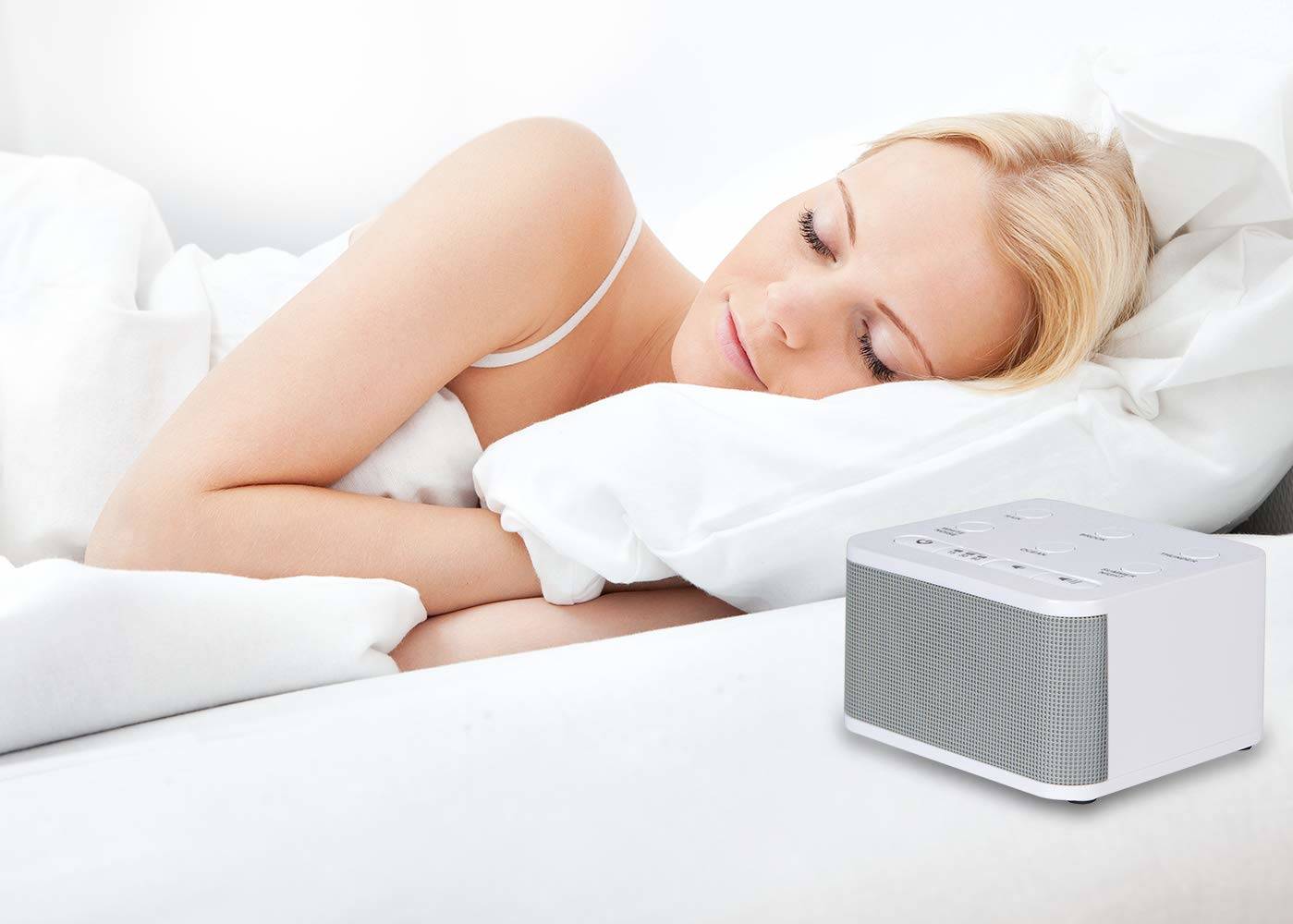
Fill your room with things you like with cool, mellow colors painted on the wall so your room remains fixed at a pleasant sleeping temperature.
Many people also find that aromatherapy helps immensely when they are sleeping. Though most people will enjoy the pleasant touch of scented candles in their room, they do pose a fire-hazard around your bed.
It is possible to find both an aromatherapy and white noise machine infused as one so you don’t have to miss out on your favorite scents at night.

There are a wide variety of earplugs to choose from, foam, plastic, custom-made, but they all serve the same purpose, which is to block out (or at the least muffle) all sound around you.
Final Thoughts
Overall, a fulfilling night’s rest is not that hard to attain. The only reason it seems so hard now is the fact that most people are unaware of sleep’s relevance in their daily lives.
Anyone can create the perfect sleeping environment in their own room, if they invest thought, time, and consideration to what helps them sleep best. A workout before bed, the right pillow underneath your head, reviewing any sleep disorders you may be facing, or even a reconsidered schedule can help you get more out of a proper night’s slumber.
